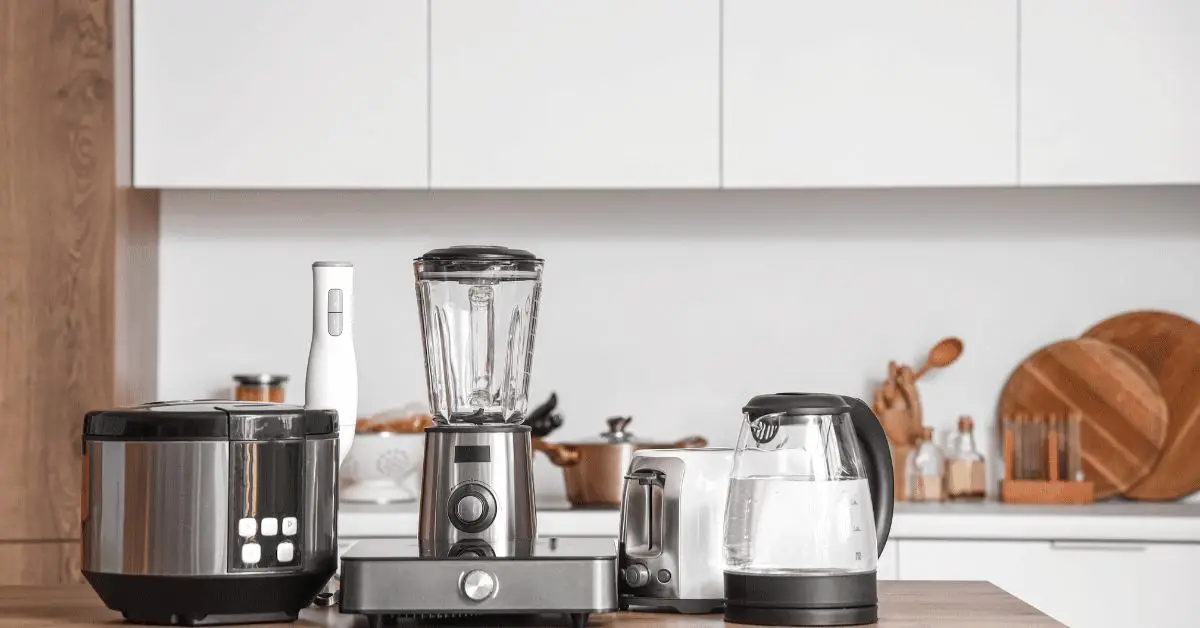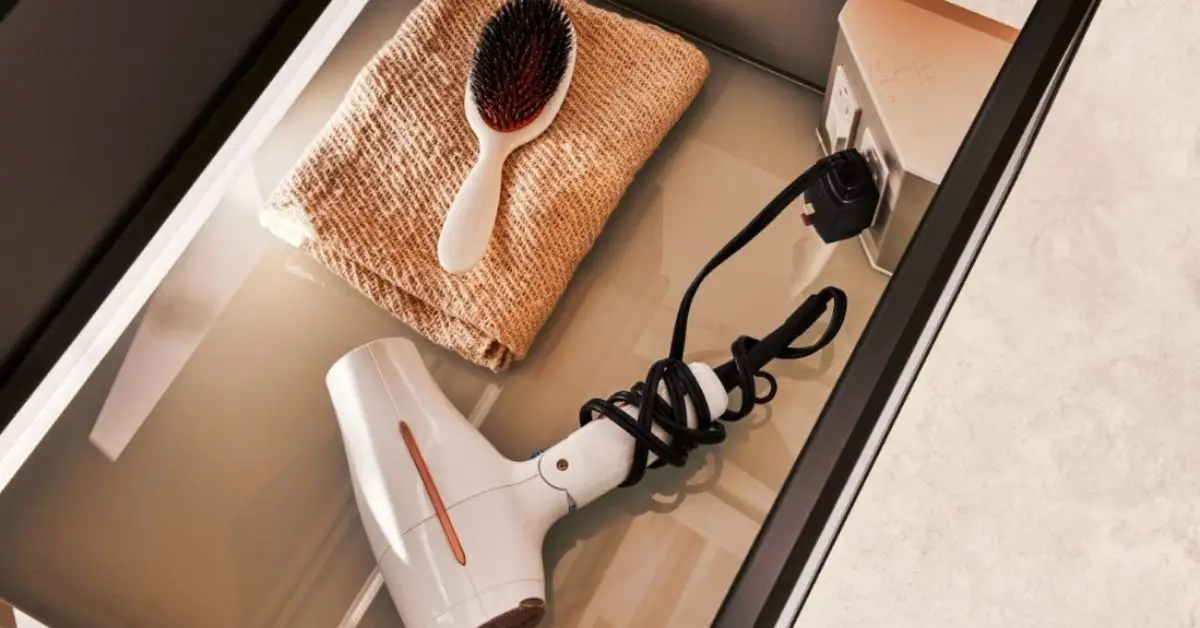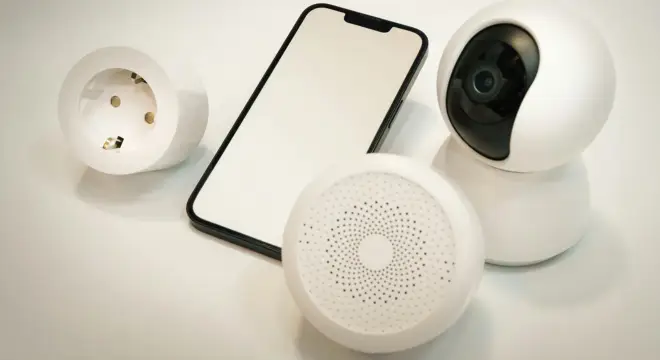Never Run These 5 Appliance Pairs Together – Experts Warn
Let me ask you something—have you ever loaded the dishwasher, tossed laundry in the dryer, and switched on the oven… all at once? It feels efficient, right? Like you’re saving time and powering through chores. But here’s the truth: running certain appliances together doesn’t just spike your energy bill—it can quietly strain your electrical system, overload circuits, and in worst cases, trigger fires.
This isn’t about being paranoid. It’s about understanding what’s happening behind the walls of your home. Because every time you hit “start” without thinking, you could be stacking load on load onto the same circuit—and most homes weren’t designed to handle that kind of pressure.
I’ve seen real cases—people who woke up to smoke alarms at 1 a.m. just because their dishwasher was quietly overheating. No warning, no second chance.
So in this guide, I’m going to walk you through the 5 common appliance combinations you should never run at the same time, and more importantly—why. Not just because it’s unsafe, but because knowing this gives you control. Over your safety, your bills, and your peace of mind.
Let’s get into it. But first—have you ever noticed your lights flickering when you run the microwave and AC together? Tell me in the comments below.
What Are People Really Searching For?
Let’s be honest—when someone Googles “appliances not to run together,” they’re not asking for an electrician’s lecture. What they really want is this:
- Which pairs of appliances can cause problems when used together?
- Could this actually start a fire, or just trip a breaker?
- How do I know if my house can handle multiple devices at once?
- Are older homes at more risk?
- And what can I do right now to stay safe without calling an electrician?
In most U.S. homes, especially those built before the 2000s, the wiring wasn’t designed for today’s heavy-duty appliances running simultaneously. Throw in smart devices, charging stations, and high-wattage kitchen tools—and your system’s already stretched thin.
So the real search intent isn’t just curiosity. It’s a mix of safety, cost-saving, and convenience. People want a quick but trustworthy guide that explains which combos to avoid—and how to do it smartly without rewiring their house.
How Electrical Load Works in Your Home

Most homes in the U.S. use 120-volt circuits for standard appliances. These circuits typically carry either 15 amps or 20 amps of electrical current. Every appliance draws power in watts, and here’s the formula that matters:
Watts = Volts × Amps
So:
- A 15-amp circuit gives you up to 1,800 watts (120V × 15A)
- A 20-amp circuit = 2,400 watts
But here’s the rule licensed electricians follow: don’t use more than 80% of that capacity for continuous loads (anything running for more than 3 hours). That means:
- 1,440 watts on a 15-amp
- 1,920 watts on a 20-amp
Now think about your kitchen:
- Microwave = 1,200 watts
- Coffee maker = 1,000 watts
- Toaster oven = 1,500 watts
Run two of those together on the same kitchen outlet? You’re already pushing the limit.
Older homes—especially those built before GFCI and AFCI breakers became standard—are even more vulnerable. Wires may be outdated, insulation brittle, and breakers less responsive.
This section is key because once you understand how your circuits get overwhelmed, everything else in this guide clicks into place. The goal isn’t to scare you—it’s to give you control, so you can use your appliances smartly and safely.
Top 5 Appliance Combos You Should Never Run Together
Most people assume their home’s electrical system can handle whatever they throw at it. But in reality? Even modern homes can overload easily if you’re not paying attention to which appliances you run—and when.
Here are the top 5 risky combinations that can quietly overload your circuits, trip breakers, or even trigger fire hazards.
1. Dishwasher + Washing Machine
Both are high-wattage machines, and if they’re on the same circuit—or competing for the same hot water line—they can overload your system and reduce each other’s efficiency.
Why it’s dangerous:
- Combined power draw often exceeds the safe 80% load limit on a single circuit
- Water heater can’t keep up, so your dishwasher underperforms
- In older homes, plumbing pressure drops, leading to longer cycles and more energy waste
2. Multiple Small Kitchen Appliances (Toaster, Microwave, Kettle)
They look harmless on their own—but try using two or three of these together on the same countertop, and you’ll hear the breaker flip before your toast is even done.

Why it’s dangerous:
- Most U.S. kitchens run on 15 or 20-amp branch circuits
- Toaster = ~1,200 W, Microwave = ~1,200–1,500 W, Kettle = 1,500 W+
- Together, they can easily exceed safe limits, especially on older wiring
The U.S. Fire Administration warns about overloaded circuits being a leading cause of residential electrical fires—often from everyday kitchen habits.
3. Space Heater + Any High-Wattage Appliance
Space heaters are infamous for triggering fires—and not just because they run hot. The issue is they draw a lot of amps fast and continuously.
Why it’s dangerous:
- Most draw 1,500 W or more—nearly the full limit of a 15-amp circuit
- Adding even one more high-draw appliance (like a vacuum or hairdryer) is asking for trouble
- Common cause of outlet overheating and melted plugs
According to FireRescue1, space heaters are one of the top five causes of home electrical fires—especially when combined with other appliances.
4. Long‑Running Heavy-Duty Appliances (AC + Oven, or Dryer + Water Heater)
Running two large, heat-producing appliances at the same time might seem efficient—but it puts long-term strain on your circuits and increases overheating risk.
Why it’s dangerous:
- Central ACs and ovens can run for hours
- Extended high load = wire overheating, especially behind walls
- In some homes, these share circuit paths, even if breakers are separate
This combo is especially risky during summer or holiday season, when both cooling and cooking loads run full tilt.
5. Hair Dryer + Bathroom Appliances (Toothbrush Charger, Vanity Lighting, Razor)
Bathrooms often run on GFCI-protected circuits, which are great for moisture safety—but not built to handle high-wattage devices like hairdryers on top of anything else.

Why it’s dangerous:
- Hair dryers pull up to 2,500 W
- Other low-wattage devices still add up—especially if your bathroom has just one dedicated 15-amp circuit
- GFCI circuits trip faster when overloaded
If your lights dim or flicker while blow-drying, that’s a red flag your circuit’s struggling.
These aren’t “maybe” risks—they’re the kind of everyday habits that quietly build toward real hazards. Now that you know the top combos to avoid, we’ll talk next about what’s safe, and how to run appliances smartly, not just conveniently.
Want to know if your home’s wiring can safely support multiple appliances? Drop your questions below—I’ll answer as best I can.
When Is It Actually Safe to Run Appliances Together?
Look, not everything is a fire hazard—and you don’t need to live in fear of using your microwave while the fridge is on. The real trick is knowing when it’s actually safe to run multiple appliances at once—and when it’s pushing your luck.
Here’s how to tell the difference.
1. If They’re on Separate Circuits
This is the single most important factor. In most newer homes, major appliances like the dishwasher, washer, microwave, and HVAC units are each placed on dedicated circuits. That means the electrical load is isolated—and it’s safe to run them simultaneously.
Even Better Homes & Gardens clarifies: “If your appliances are on different circuits, it may not be an issue to run them together.”
Want to check your home? Head to your breaker box—labeling often tells you which outlets or rooms are tied to which breakers. If you’re not sure, a simple circuit tester or a quick visit from an electrician can help you map it out.
2. If the Combined Load Is Low and Temporary
Not all usage is risky. For example, using a lamp and a low-amp fridge on the same circuit likely isn’t a problem, especially if both are energy-efficient or newer models. As per several Reddit discussions in U.S. homeowner threads, small combinations under 1,000 watts are generally safe for short-term use.
Some examples that are usually fine:
- Phone chargers + LED lamps
- Laptop + fan
- Mini fridge + kitchen radio
Just avoid stacking multiple heating appliances (toaster, coffee maker, heater) on the same circuit—that’s where trouble begins.
3. If You’ve Done a Load Check or Had an Electrician Assess It
If you’re in an older home or just unsure about the wiring capacity, a load check can be a game-changer. Many electricians now offer simple in-home checks to tell you:
- How much capacity each circuit has
- What’s already on it
- Which appliances are risky to pair
For DIY types, a smart plug with energy monitoring (like the Kasa or Sense units) can help you track real-time wattage use and spot overloads before they happen.
Before you leave for vacation or even a long weekend, it’s smart to unplug unnecessary devices to prevent overloads and fire risks—these 10 often-forgotten electronics are a good place to start.
You don’t need to stop multitasking your appliances altogether—you just need to be aware of your setup. A little knowledge about your circuits goes a long way toward keeping your home safe, efficient, and stress-free.
Want help figuring out how to check your home’s wiring without hiring anyone? I’ll walk you through it—just ask below.
What You Should Do Next — A Quick Checklist
You don’t need to panic over every plugged-in appliance. But if you want to keep your home safe, your circuits healthy, and your energy bills in check, a few small adjustments can make a big difference.
Here’s your go-to checklist — based on everything we’ve covered:
Identify Which Outlets Are on Which Circuits
Take 15 minutes to test which rooms or outlets are tied to which breakers in your panel. Label them clearly. This will help you avoid overloading without guessing.
Keep Heat-Producing Devices on Separate Outlets
Space heaters, toasters, hair dryers — all of these should be run solo, never together or through shared extension cords. Heat appliances = high wattage = higher risk.
Avoid Running Big Appliances at the Same Time
Try not to run the dishwasher, dryer, oven, or AC all at once — especially if your home was built before 2000. Stagger use when possible. If you want a quick win, start by unplugging these 5 appliances that quietly drain energy and spike your electric bill—it’s safer and saves you money too.
Never Rely on Power Strips for High-Draw Devices
Power strips are meant for convenience, not heavy load handling. Plugging space heaters, microwaves, or electric skillets into them can lead to overheating or even fires.
Test Smoke Detectors Monthly
Even if your wiring is perfect, things can still go wrong. Hit that test button once a month. Batteries should be changed at least twice a year.
Bonus Tip: Consider a Home Electrical Inspection
If you’ve experienced flickering lights, tripped breakers, or hot outlets — get a licensed electrician to check your load capacity. Especially important if your home is 30+ years old.
Final Word
Most electrical accidents aren’t caused by one big mistake — they come from repeated small habits that fly under the radar. But now you know better.
Take 15 minutes this week to walk through your home, check your circuits, and adjust your appliance usage. Already thinking about home safety? Don’t forget that your garage is one of the most overlooked entry points—these 7 expert tips can help you secure it properly.
It’s simple peace of mind — and it could prevent a very expensive, very dangerous mistake down the line.
Your move: What’s one appliance combo you’ve been using that you’ll rethink now? Share it below — I’ll help you figure out a safer option.
For more smart home safety tips and practical appliance guides, visit Build Like New.
Disclaimer: This article is for informational purposes only and does not constitute professional electrical advice. Always consult a licensed electrician before making changes to your home’s wiring or electrical setup. Build Like New is not liable for any damages resulting from misuse of electrical appliances or failure to follow safety guidelines.


